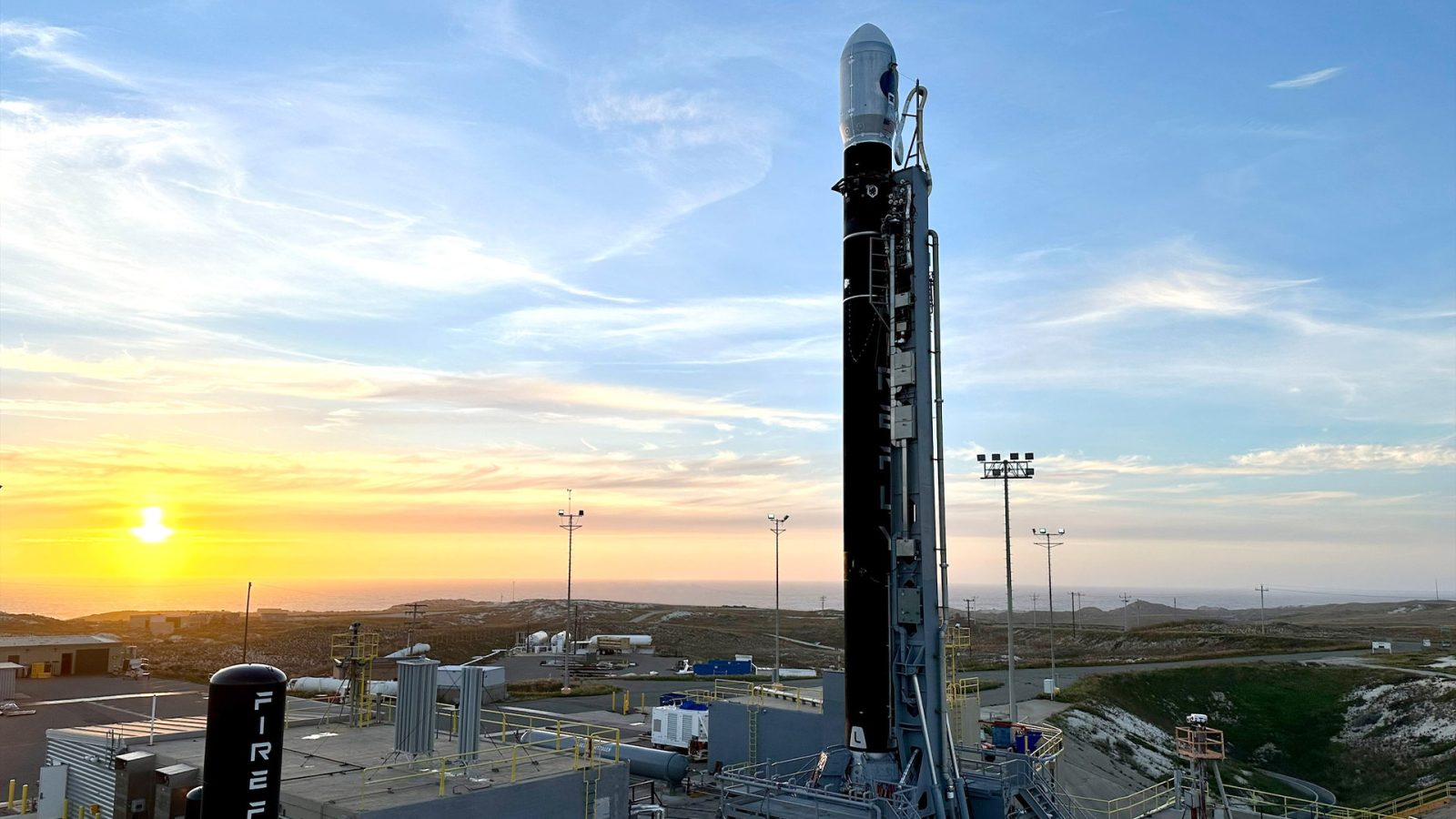
Firefly Aerospace and Millennium Space Systems have come together to showcase a demonstration mission called Victus Nox with the aim of setting a new industry standard for rapid satellite deployment. Last year, the two companies were chosen to conduct this mission, designed to demonstrate a 24-hour rapid-response capability for launching satellites into low Earth orbit for the U.S. Space Force.
Teams and technicians for both companies report extensive preparation and rehearsals have taken place over several months to meticulously plan for and execute the Victus Nox mission, which involves multiple stages when activated.
The companies officially entered a six-month “hot standby phase” recently, during which they await orders from the U.S. Space Force to execute the mission. At any point during this phase the U.S. Space Force has the authority to issue an alert notification, initiating a 60-hour window.
Within this timeframe, the mission payload would be transported to Firefly’s launch site at Vandenberg Space Force Base in California. There, it would undergo fueling operations and be integrated with the Alpha rocket’s payload adapter.
Following the alert notification, Space Force officials would provide Firefly with the launch notice, including the final orbit requirements. Firefly would then have 24 hours to update trajectory and guidance software, encapsulate the payload, transport it to the launch pad, mate it with the Alpha rocket, and be ready for liftoff.
Join our Discord Server: Join the community with forums and chatrooms about space!
Once the satellite is successfully deployed into low Earth orbit, Millennium Space Systems is expected to activate it in under 48 hours. Subsequently, the satellite would then commence its mission of tracking and imaging objects in orbit.
Firefly Aerospace also secured a significant agreement with L3Harris Technologies, entailing the launch of three missions on the company’s Alpha rocket, which boasts the capability to carry payloads exceeding 1,000 kilograms to low Earth orbit. These dedicated launches are scheduled for 2026.
The three satellites designated for these missions are being designed and constructed by L3Harris under a $225 million U.S. government contract. These payloads are intended to support crucial national security space objectives.
To accommodate both government and commercial launches, Firefly is actively increasing its Alpha rocket production at its facility in Briggs, Texas, say those close to the expansion. Additionally, the company is expanding its facilities to support the development of a new medium launch vehicle slated for launch in 2025.
A pivotal moment occurred in July 2023 when Millennium Space Systems officially celebrated the inauguration of its Small Satellite Factory. This facility aims to meet the escalating demands for proliferated constellations and high-throughput production, particularly for undisclosed national security space missions and others in the space industry.
FTC: We use income earning auto affiliate links. More.


Comments